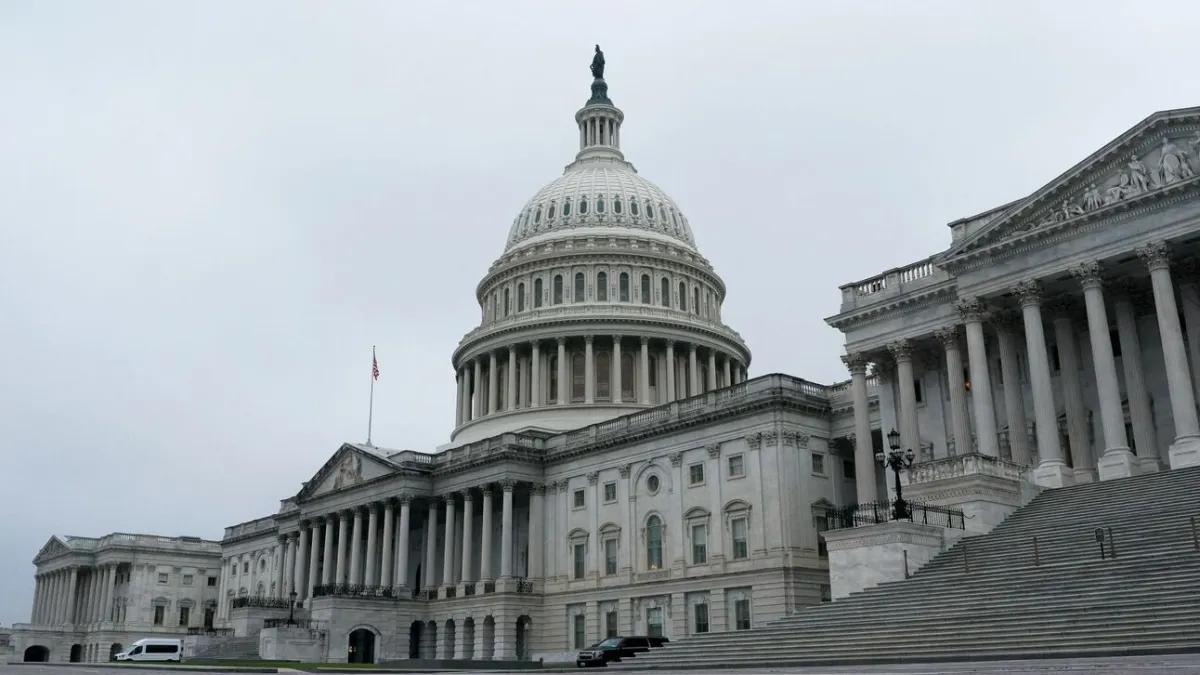
The annual appropriations process is, once again, a slow-moving mess — and it got worse last week as the Senate Appropriation Committee’s consideration of the Justice Department funding bill got derailed by a dispute over the Trump administration’s plan to move the FBI’s headquarters to a building in Washington, D.C., rather than a site previously chosen in Maryland.
But as Congress tries to make progress toward funding the government for fiscal year 2026, House Appropriations Chair Tom Cole told Politico on Monday that congressional Republicans are still discussing topline spending levels but would likely be looking for a funding total above what the White House requested.
“We certainly are going to cut spending, but we probably are not going to be cutting at the level that [Office of Management and Budget] might have suggested,” Cole told Politico. “They’ve been very helpful in this process. I’m not being critical of them, but at the end of the day, we have to maintain some critical capabilities.”
That decision that could draw fierce blowback from fiscal conservatives who expressed concerns about the GOP’s big tax-and-spending package before ultimately helping it pass.
Cole reportedly also acknowledged that a stopgap spending bill may be needed to avoid a government shutdown after the end of the fiscal year on September 30.
As the appropriations process grinds on, House Republicans today released a trio of funding bills covering Interior and Environment; National Security and the State Department; and Commerce, Justice and Science. Two other funding bills — one for Transportation and Housing and the other for Energy and Water — were released on Sunday.
The House Appropriations Committee summary of the transportation bill says it includes “$3.728 billion in Community Project Funding” — aka, earmarks — for 2,369 projects requested by 382 members. That’s 382 members out of the 435 in the House. A little something for almost every district. You can peruse the table of earmarks here.
The bottom line: The House and Senate still have a loooong way to go on government funding and very few legislative days remaining before September. Differences between the two chambers and the Trump administration mean that the funding fight could get ugly — and the White House could get more aggressive in challenging Congress’s power of the purse.